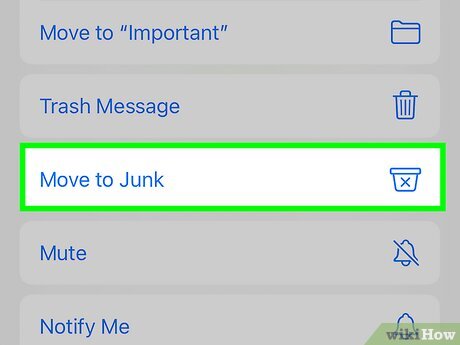

spam calls that can thankfully be prevented. Sometimes it’s blatantly obvious, particularly when the call or message is from someone seeking banking details, credit card information, and other forms of personal financial data. Other instances can make it much trickier to determine if it’s fraudulent or not.
This is why telecommunications providers like Apple and Google allow customers to report these phishing entities and groups as spam or junk. When you report, your mobile carrier, the device maker, third-party databases — and in some instances, the FCC and FTC — are alerted about the offender.
From the carrier’s perspective, the reported number gets listed in a spam database, which is why you may have received a call or two with a “Spam Likely” notification on your display; this occurs when enough users have reported the number, prompting your carrier to take action. Therefore, the more spam you report, the more secure your carrier network becomes for you and others.
It’s also important to note that phone companies utilize various AI and machine-learning technologies to track and categorize spam calls and texts, including Google’s latest AI-driven scam detection. So, the more you report, the more effective these automated systems will become at identifying spam initially.